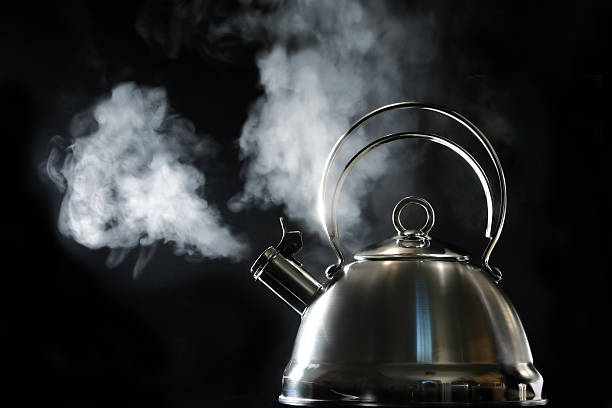Burns can be scary, but knowing how to prevent them is key to keeping our little ones safe and sound.
Types of Burns
Burns come in different types, depending on how serious they are:
First-Degree Burns: These are the mildest and only affect the outer layer of skin. They cause redness, slight swelling, and pain—think of a sunburn.
Second-Degree Burns: These go deeper and can cause blisters, severe pain, and sometimes scarring. They often need medical care to heal properly and avoid infection.
Third-Degree Burns: These are the most serious, affecting all layers of the skin and possibly the tissues underneath. They can be life-threatening and need immediate emergency care.
Common Causes of Burns
Kids are naturally curious and sometimes get into trouble without realizing the danger. Here are some common ways they can get burned:
Hot Liquids and Steam: Scalds from hot water, tea, coffee, or steam are common. Always keep hot drinks out of reach and avoid carrying them while holding your child.
Fire and Flames: The flicker of candles, fireplaces, or stoves can attract kids. Teach them about the dangers of fire and keep matches, lighters, and candles safely stored away.
Sunburn: Too much sun can lead to painful burns. Protect your child’s skin with sunscreen (at least SPF 30), make sure they wear protective clothing, and limit their time in direct sunlight during peak hours.
Electrical Burns: Little fingers can find their way into electrical outlets or chew on cords. Use outlet covers and keep cords out of reach to prevent these injuries.
Prevention Tips
Preventing burns involves being watchful and educating your child:
Create a Safe Environment: Install safety gates around kitchens and fireplaces. Use stove guards and turn pot handles inward to keep hot pans out of reach.
Supervise Closely: Always keep an eye on your child around potential burn hazards, whether in the kitchen, bathroom, or outdoors. Never leave them unattended near heat sources.
Educate Your Child: Teach your child about the dangers of heat sources and what they should avoid touching. Use simple language and pictures to help them understand.
First Aid Knowledge: Accidents can happen, so it’s good to know basic first aid for burns. Cool the area under running water and cover it with a clean, non-stick bandage. Avoid using ice directly on the injury, as it can cause more damage.
Conclusion
Keeping our kids safe means being prepared and proactive. By understanding the risks and teaching our children, we can reduce the chances of burn injuries and create a safer environment for them to grow and thrive.
www.hopkinsmedicine.org/health/conditions-and-diseases/burns/burns-in-children

Kathryn Davies
President Owner

